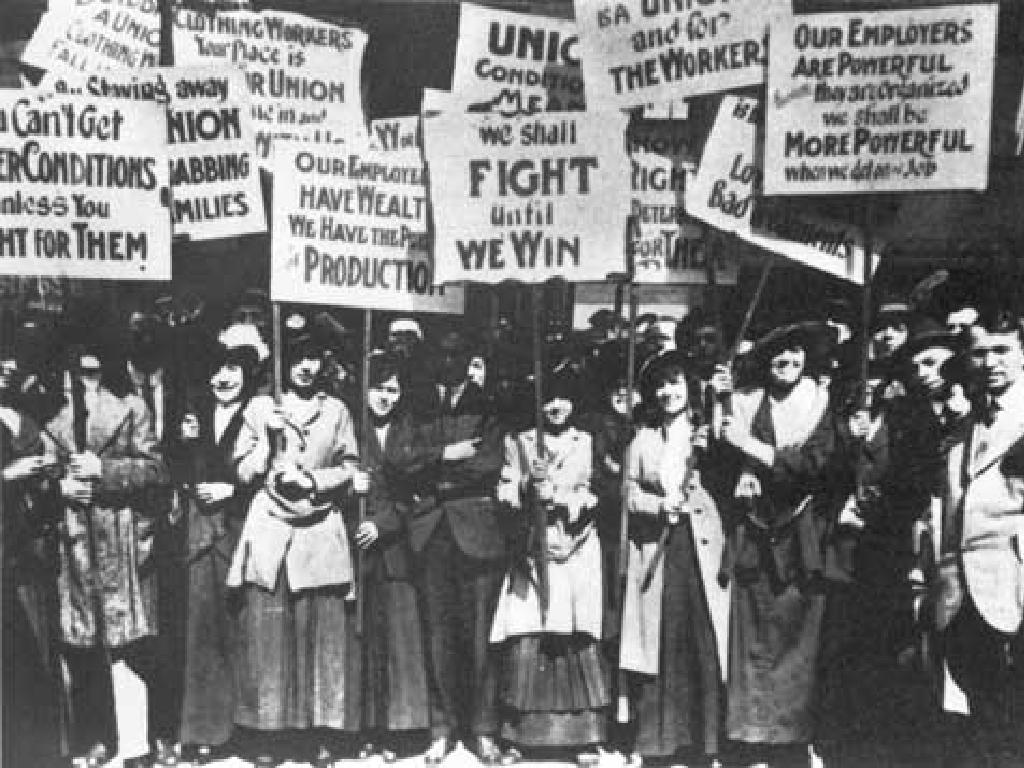The Beginnings Of Rome
Subject: Social studies
Grade: Seventh grade
Topic: Rome And The Byzantine Empire
Please LOG IN to download the presentation. Access is available to registered users only.
View More Content
Welcome to Ancient Rome!
– Rome’s foundation and growth
– Legend of Romulus and Remus, Rome’s growth from a village to an empire
– Rome’s impact on history
– Rome’s republic, law, and cultural contributions shaped the modern world
– The Byzantine Empire’s legacy
– Byzantine Empire preserved Roman heritage and influenced Europe and Asia
– Exploring Rome’s origins
|
This slide introduces students to the grandeur of Ancient Rome and sets the stage for understanding its significance in world history. Begin with the legendary tale of Romulus and Remus and Rome’s evolution from a small village to a mighty empire. Highlight Rome’s contributions to governance, law, and culture, and how these elements have influenced contemporary society. Transition to the Byzantine Empire, emphasizing its role in preserving Roman culture and shaping both European and Asian histories. Today’s lesson will focus on the origins of Rome, laying the groundwork for future discussions on its expansive history and enduring legacy.
The Founding of Rome: Myths and Legends
– The tale of Romulus and Remus
– Twin brothers raised by a she-wolf, founders of Rome.
– Myths in Roman cultural life
– Myths were central to Roman identity and moral values.
– Legends reflect societal values
– Legends often embody the virtues and fears of a culture.
– Class discussion on legend insights
– Consider what Roman legends indicate about their creators.
|
This slide introduces students to the legendary origins of Rome through the story of Romulus and Remus. Emphasize the importance of myths in shaping Roman culture and values, such as bravery, leadership, and the divine right to rule. Encourage students to think critically about what these stories reveal about the Romans’ beliefs and priorities. During the class discussion, guide students to explore how legends serve as a mirror to the society that created them, reflecting their collective psyche and cultural norms. This will help students understand the significance of mythology in historical contexts and its lasting impact on cultural identity.
Geography of Rome: Strategic Advantages
– Rome’s central location in Italy
– Positioned for political and military control
– The Tiber River: a trade conduit
– Facilitated commerce and movement
– Geography shaping Rome’s expansion
– Access to resources and territories
– Natural barriers for protection
– Mountains and seas guarded the city
|
This slide aims to explain how the geography of Rome contributed to its success as a civilization. Rome’s central location on the Italian peninsula allowed it to exert influence and control over the surrounding regions. The Tiber River was crucial for trade and travel, enabling Rome to become a bustling hub of commerce. The expansion of Rome was also greatly influenced by its geography, with easy access to the Mediterranean for trade and fertile lands for agriculture. Additionally, Rome was well-protected by natural barriers such as the Alps and the sea, which provided defense against invasions. Encourage students to think about how geography can impact the development of a civilization and relate it to modern examples.
The Roman Republic: Foundation of Roman Governance
– Formation of the Roman Republic
– After the fall of Roman kings, the Republic was established as a new form of government.
– Roman government and societal structure
– Consisted of the Senate, Consuls, and the Assembly, with a complex class system.
– Roman Republic vs. Modern Democracies
– Compare aspects like citizen rights, election of leaders, and law-making processes.
– Significance of the Republic in history
|
This slide introduces the Roman Republic, emphasizing its establishment as a pivotal moment in Roman history. It’s crucial to highlight the key elements of Roman government, including the Senate, the Consuls, and the Assembly, and how they functioned together. Discuss the societal structure, such as the Patricians and Plebeians, and the role of citizenship. Draw parallels between the Roman Republic and modern democracies, focusing on similarities and differences in political processes and citizen involvement. The significance of the Republic lies in its influence on modern governance and the concept of democracy. Encourage students to think critically about how historical forms of government have shaped our current political systems.
Roman Social Structure
– Patricians vs. Plebeians hierarchy
– Patricians: wealthy elite; Plebeians: common citizens
– Roles within social classes
– Patricians: rulers, priests; Plebeians: traders, farmers
– Rights within social classes
– Patricians: more rights; Plebeians: limited legal rights
– Daily life impact
– Social class influenced work, status, and influence
|
This slide aims to explain the social hierarchy of ancient Rome, distinguishing between the Patricians, who were the wealthy and powerful elite, and the Plebeians, who were the commoners. Discuss the specific roles each class held, with Patricians often serving as rulers and priests, while Plebeians worked as traders, farmers, and artisans. Highlight the differences in rights, such as the Patricians’ ability to hold office and the Plebeians’ initial lack of legal and political rights, which evolved over time. Emphasize how this social structure affected every aspect of daily life, from job opportunities to political influence. Encourage students to consider how social class can impact individuals’ lives and to draw parallels to modern society.
Roman Religion and Society
– Pantheon of Roman deities
– Gods and goddesses for different aspects of life, like Jupiter and Venus.
– Religious practices in daily life
– Public ceremonies, household rituals, and festivals were common.
– Greek influence on Roman religion
– Many Roman gods mirrored Greek counterparts, like Mars and Ares.
– Religion’s impact on Rome
– Religion intertwined with governance, influencing laws and politics.
|
This slide explores the rich tapestry of Roman religion and its pervasive influence on Roman society. Students will learn about the pantheon of gods and goddesses worshipped by the Romans, each representing different aspects of life and nature. They will understand how religious practices were embedded in both public and private life, including ceremonies and festivals. The influence of Greek mythology on Roman religion is significant, with many gods taking on characteristics of their Greek equivalents. It’s also crucial to discuss how religion played a role in the governance of Rome, affecting laws, politics, and the social structure. Encourage students to compare and contrast Roman and Greek deities and consider how religion shapes cultural and societal norms.
The Roman Economy: Foundations of Growth
– Rome’s agricultural dominance
– Rome’s fertile land supported vast farming.
– Trade and commerce expansion
– Rome’s strategic location fostered trade across regions.
– Currency and economic stability
– Standardized coins simplified trade, boosting the economy.
– Economic factors behind growth
– Political stability and infrastructure, like roads, spurred growth.
|
This slide delves into the economic underpinnings that contributed to the rise of Rome. Emphasize the importance of agriculture in Rome, which was the backbone of the Roman economy due to its fertile land and favorable climate. Highlight how Rome’s strategic position on the Italian peninsula and the Mediterranean Sea facilitated extensive trade networks and commerce. Discuss the role of currency in creating a stable and unified economic system that allowed for easier trade and taxation. Lastly, point out the key economic factors such as political stability, a strong legal system, and the development of infrastructure, which enabled Rome to grow and prosper. Encourage students to think about how these economic factors are interconnected and how they compare to modern economic principles.
Rome’s Military Might
– Roman military structure
– Consisted of legions led by centurions
– Strategies and technologies
– Use of formations, roads, and siege weapons
– Military’s role in expansion
– Conquests led to control over vast territories
– Legacy of Roman warfare
|
This slide delves into the formidable power of the Roman military, which was a key factor in Rome’s expansion and dominance. The structured hierarchy of the Roman army, with its legions and centurions, allowed for disciplined and effective forces. Military strategies, such as the testudo formation, and technologies like advanced roads for troop movements and siege engines, gave Rome a tactical advantage. The military’s ability to conquer and control vast territories contributed significantly to the growth of the Roman Empire. Discuss the lasting impact of Roman military innovations on modern warfare and encourage students to consider how these strategies and technologies were ahead of their time.
Class Activity: Building a Republic
– Form class ‘senates’ to tackle a problem
– Each ‘senate’ presents their solution
– Discuss the Roman Republic connection
– How did Roman Republic senates solve issues?
– Reflect on the decision-making process
– Compare this activity with historical decision-making in Rome.
|
This activity is designed to give students a practical understanding of the Roman Republic’s political structure. By dividing the class into ‘senates,’ students will engage in collaborative problem-solving, emulating the way Roman senators would come together to address issues. Each group will present their solution, fostering public speaking and critical thinking skills. After presentations, lead a discussion on how this activity mirrors the Roman Republic’s approach to governance. Encourage students to reflect on the effectiveness of collective decision-making and how it compares to the historical processes of the Roman Republic. Possible variations of the activity could include assigning different types of common problems, such as resource allocation, defense strategies, or public works, to different ‘senates’ to see the variety of solutions proposed.
Reflecting on Rome’s Foundations
– Recap Rome’s early days
– Review the legend of Romulus and Remus and the founding of Rome.
– Rome’s foundations and future empire
– How did Rome’s geography and republic system pave the way for an empire?
– Preview: The Rise of the Roman Empire
– Get excited for the next chapter in Rome’s story: from republic to empire!
|
This slide aims to consolidate the students’ understanding of the early history of Rome, emphasizing the legendary and historical aspects of its founding. Highlight how the city’s strategic location and the establishment of the republic contributed to Rome’s expansion and eventual transformation into an empire. Encourage students to think critically about how these elements influenced Rome’s development. The preview of the next lesson should generate interest in learning about the transition from the Roman Republic to the Roman Empire, setting the stage for a deeper dive into Roman history.






